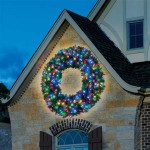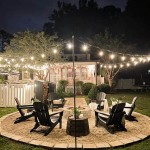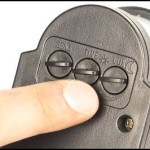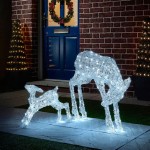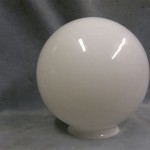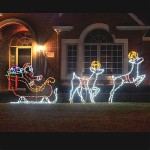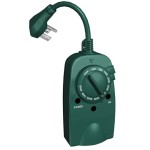Best Outdoor Fluorescent Lights: Essential Aspects to Consider
When it comes to illuminating your outdoor spaces, fluorescent lights offer a reliable and energy-efficient solution. However, choosing the right outdoor fluorescent light for your needs can be a daunting task, especially with the wide range of options available. To help you make an informed decision, this guide will explore the essential aspects to consider when selecting the best outdoor fluorescent lights.
### Type of FixtureThe type of fixture you choose will determine the placement and overall appearance of your light. Some common outdoor fluorescent light fixtures include:
- Wall-mounted: Fixtures that are mounted on walls, providing downlighting for walkways or entrances.
- Pole-mounted: Fixtures mounted on poles, offering overhead lighting for larger outdoor areas.
- Ceiling-mounted: Fixtures that are installed on ceilings, suitable for covered areas like patios or garages.
- Floodlights: Powerful fixtures that emit a wide beam of light, ideal for illuminating large areas or security purposes.
Wattage determines the amount of electricity consumed by the light, while brightness (measured in lumens) indicates the amount of light output. Choose a wattage that balances energy efficiency with the desired brightness for your intended application. For general outdoor lighting, a wattage range of 20-80 watts is typically suitable.
### Color TemperatureColor temperature refers to the perceived warmth or coolness of light. Outdoor fluorescent lights commonly come in three main color temperatures:
- Warm white (2700-3000K): Emits a warm, inviting light, suitable for residential areas and home gardens.
- Neutral white (3500-4000K): A balanced, natural light, ideal for walkways, parking lots, and commercial properties.
- Cool white (4500-6500K): Produces a bright, bluish light, commonly used for high-intensity security lighting or industrial applications.
Outdoor fluorescent lights must withstand the harsh elements, including rain, snow, and UV radiation. Look for fixtures with a high IP (Ingress Protection) rating, which indicates the level of resistance to dust and water. A higher IP rating ensures greater durability and longevity in demanding outdoor environments.
### Energy EfficiencyFluorescent lights are generally energy-efficient, but some models offer enhanced efficiency ratings. Consider Energy Star certified fixtures, which meet strict energy-saving standards and can significantly reduce operating costs over time.
### Motion Sensor CompatibilityMotion sensors can be integrated with outdoor fluorescent lights to provide added convenience and security. When motion is detected, the light automatically turns on, providing illumination only when needed. This feature can help conserve energy and improve security by deterring intruders.
### Additional FeaturesOther features to consider when selecting outdoor fluorescent lights include:
- Adjustable lighting: Some fixtures allow you to adjust the brightness or color temperature for customized lighting.
- Dimming capabilities: Dimmable lights provide greater control over the light output, allowing you to create different ambiances.
- Photocell sensor: Photocell sensors automatically turn the light on at dusk and off at dawn, providing hassle-free operation.

What Type Of Fluorescent Lights Are Best For Outdoor Lighting Shine Retrofits Blog

Metalux 2 Light 8 Ft White Fluorescent Strip With T12 Sockets Ssf296t124wp The Home Depot

Choose The Best Color Temperature For Your Outdoor Lighting Knowledge Base Super Bright Leds

What Type Of Light Is Best For Outdoors Powersource Electric

Solar Rope Light 8modes Tube Lights Outdoor Waterproof Led String Fairy For Valentine S Day Tent Gazebo Trampoline Walkway Pool Temu

6 Best Smart Outdoor Lighting Of 2024

How To Secure Your Home With Outdoor Lighting The Perfect Light

Best 4 Feet 1 2m 18 Watt T8 Led Fluorescent Tube Light

Best Outdoor Lighting For 2024 Reviews

Best Outdoor Lighting Bulbs Of 2024
Related Posts

